
by Ben Zackheim | Jan 3, 2014 | Book Promotion, Writing |
Yes, Kindle Direct Publishing Select is good and bad for writers
I’ve wanted to write this post for a long time. I’ve used KDP Select for every one of my Shirley Link books at one time or another, and I’ve had some epiphanies about the KDP Select Global Fund that I’d like to share. Some of my insights come from watching Amazon grow since its early days. I think I’ve identified some consistent behavior that works for us little guys, and some bad habits that do not work for us in the least.
The benefits of KDP can be summed up quick and easy (just like Amazon likes it!):
-
Get your share of the $11 million KDP pie (known as the KDP Select Global Fund)
-
Free promotional days
-
Countdown deals
-
70% on all sales to Japan, Brazil, India and Mexico.
-
“Promotional possibilities”
I’ll cover the KDP Select Global Fund today. The rest of the touted benefits will be covered in their own posts.

The Amazon Treasure Chest: Do not pass go, do not collect $200
If you’re an indy writer, there’s a number you see floating around the mondo web. It’s a distracting number. It’s the kind of number that forces you to pay attention. Amazon loves to tout it. Lucky authors swear by it. And the rest of us are mostly confused by it.
$11 million.
The $11 million is cash from the KDP Select Global Fund that Amazon doles out to authors who opt-in to KDP by offering their book(s) exclusively on Amazon. If an author signs up for KDP Select and her books are borrowed by Prime members then she gets a cut of the monthly-updated fund.
Here’s how it works in a nutshell:
Sally is an Amazon Prime member. That means she pays $89 a year to get free shipping and other benefits from Amazon. She browses for books on Amazon and stumbles on one for sale at $2.99. But what’s this? Just above that price is a message informing her that she can read the book for free because she’s a Prime member.

All she has to do is borrow the Kindle book for as long as she wants and then check it back in from her device when she’s done. She decides to borrow the book.
The author gets up the next morning and checks her sales. In the Units Borrowed column of her online report (or the “Units Sold or Borrowed” column on her downloaded spreadsheet) she sees that someone borrowed her book last night. How much will she get paid for this borrowed book? Amazon determines the amount based on the size of the till (usually around $11 million) and the number of books borrowed in that month. Whatever percentage of the overall borrows that a book delivers is the percentage of the till that the author will receive.
I’ve seen first-hand that the amount paid for the borrow often matches or exceeds a straight sale.
So that means KDP is worth it!
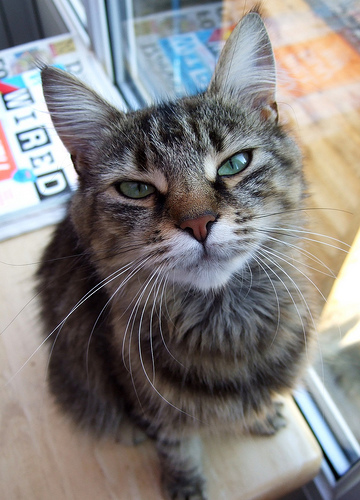
Well, maybe.
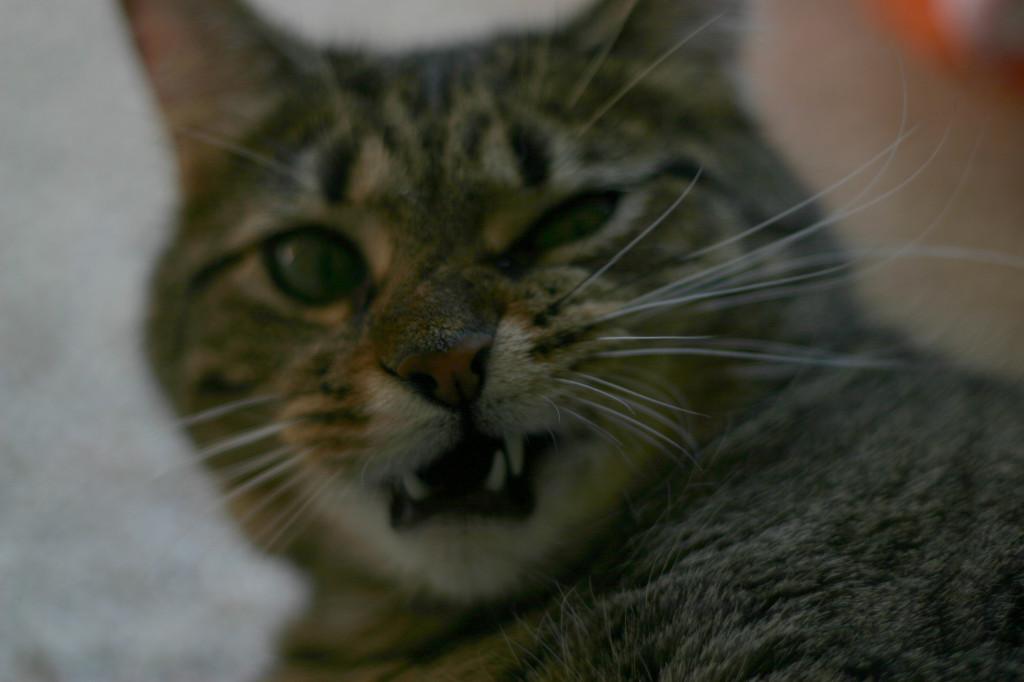
There’s an old saying that comes to mind. “If you want to win the lottery, you have to buy a ticket.” One of the reasons that Amazon touts their monthly number is to activate that same trigger in your brain that sweepstakes do. Yes, you could win the lottery and KDP could do bonzo business for you. But unlike a lottery, you can do very well on Amazon, and in self publishing without it. You can find a following and make a good living. So you don’t have to buy a ticket to win on Amazon. But you do need to join KDP if you want a slice of the prize. A slice of the prize that could get you more visibility on Amazon, and consequently more sales.
The KDP treasure chest varies by month. It’s been over 10 million more than under a million in 2015. But what does that mean? Do you really have a chance to get a piece of that large pie?
Here’s the playing field you’re performing in. There are over 20 million Amazon Prime members who can check out your KDP Select book for free. Amazon has a big stake in showing those millions of people all of the amazing benefits they get for their $89 membership fee. One of those amazing benefits is your book!
But does Amazon do enough? Or, like the $11 million hard-sell, is it an ethereal opportunity, floating around for a few dozen people to leverage?
We’ll cover that in my next post about “Promotional possibilities.” Why do I have that term in quotes? Because it belongs there. It really, really belongs there.
by Ben Zackheim
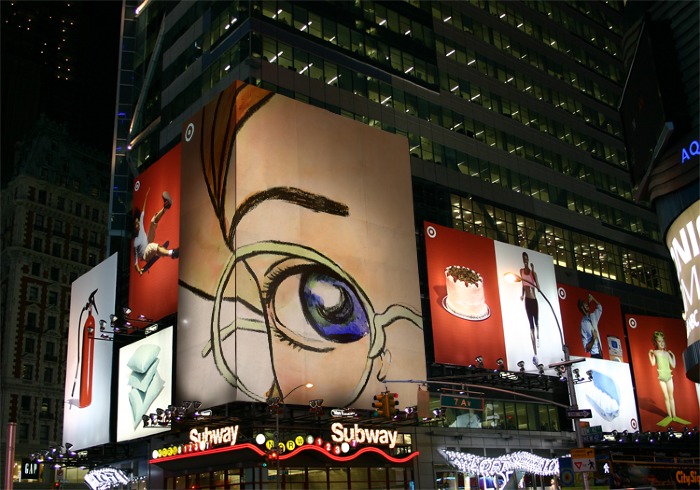
by Ben Zackheim | May 16, 2013 | Book Promotion, Shirley Link & The Treasure Chest |
Shirley Link & The Treasure Chest, the third book in my Middle-Grade Mystery series, is out.
But the real good news is that today and tomorrow it is
FRREEEEEeeeeeee
eeeeeeeeeee
….
So go to Amazon and download your own copy. If you like it, give Shirley a review! And spread the word.
Shirley Link & The Treasure Chest clocks in at twice the size of the two previous books. I wanted to dig into the three teen characters some more, and reveal why they are such a great team. Shirley, Wylie and Marie are like the perfect storm. Between them, their loyalty, intellect, strength, bravery and faith in each other makes them the best sleuthing team of all time.
I look forward to writing more about them in the years to come.
Next up in the series is Shirley Link & The Black Cat. It should be a doozy.
Look for it this summer!
From Amazon (Shirley Link & The Treasure Chest):
Shirley Link loves pirates. Well, she loves the idea of them. She wouldn’t like them if they were running up the street stealing bikes, but digging for treasure and swashbuckling adventure are on the top of her to-do list. So when a clue pops up that there’s a hidden pirate treasure under her hometown, Shirley gets to work.
In Shirley Link & The Treasure Chest, the third volume in the critically-acclaimed Middle-Grade Mystery series, our heroine takes on her toughest challenge yet. But this time the stakes are bigger than ever. If she fails to find the treasure, or if it ends up being a hoax, then Shirley’s elderly neighbor, Mrs. Smiley, will lose her home to the bank.
More Shirley, Dad, Wiley and Marie than ever before. That’s right. Even Mr. Link gets to join in the adventure!
Reviews:
Emily Neuburger, Everyday Fun blog, Parents.com
“Shirley Link is a new girl detective series that my daughter is crazy about. This is an amazing series, my friends! Your kids will be hooked and you’ll feel really good about it.”
Edward Hemingway, Author/Illustrator, Bad Apple
“This Virginia Mars for the tween-set is funny, smart, and full of preternatural wisdom.”
PopBop (Top 1000 Amazon reviewer)
“There are early middle grade mysteries out there, but most of them have sketchy characters, and a lot of them plod along fairly predictable arcs. This series has an engaging heroine, a lot of attitude, and a much snappier overall feel.”
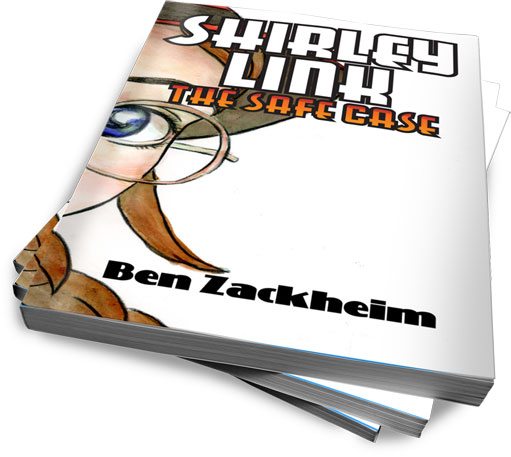
by Ben Zackheim | Feb 18, 2013 | Book Promotion, Writing |
This is a follow-up to a previous post.
I’ve received some feedback on my post about advertising on Goodreads, and it looks like some people are interested in getting into Goodreads, but haven’t made the plunge yet. This sequel is for you!
The thing I like about Goodreads is that it’s filled with readers of all ages. The best way to get to know people who share your tastes is search their groups. I’m still seeking out my niche, but I’ve found lots of helpful and supportive people by just making a page for myself .
If you’re an author you can either “claim” the books you’ve written, or you can upload your book data manually. Once you have an author page with books you can start to find friends by joining group discussions. The best way to sum it up is that Goodreads, while a bit obtuse, is a microcosm of all the reading/writing forums you’ve ever joined on the Web. It’s a wild west of discussions and contests and promotions. The benefit for the author is that you only interact with dedicated book lovers.
Goodreads started a service called Goodreads Self-serve Ads. You can buy, for up to 50 cents per click, ad space on the right or left column of some of their pages. The ads consist of a small image, ad copy and a link to wherever you want. You can set aside any amount as your budget (I chose 10 bucks) and you can track your ad’s performance.
The big benefit of ads on Goodreads is that everyone who sees the ad is more likely than the public at large to be interested in your ad. Still, to ensure you get the most bang for your buck Goodreads allows you to target your ad, meaning you can offer the ad to certain kinds of Goodreads customers. They allow you to show your ads ONLY to people who like (for instance) mystery and YA. You can choose as many genres as you’d like to target, but it’s a fine line you’ll walk in trying to target correctly.If you target too broadly you risk getting people clicking on your ad who are not interested in your kind of book. That’s wasted money. Conversely, if you target too specifically you can filter out perfectly good customers and not see anyone click on your ad at all.
You can also target customers by the author they like, which is an interesting filter that I plan to test out in my next campaign. I need to find out from my current readers who they think I’m similar to!
Advertising on Goodreads
As you can see in the image below, I set my daily budget to 2 bucks. That meant I was planning to pay for a max of 4 clicks on my ad (they charge up to 50 cents per click). I set 10 bucks as the campaign budget, meaning I planned on eventually paying for 20 clicks at 50 cents each. As you can see from the views data, a lot of people had the ad put in front of their faces. A “view” is simply defined as “your ad showed up on the person’s web page”. Goodreads can’t actually guarantee that someone saw and read the ad, they can only tell me that 116,129 people had the ad served to a page that they loaded. Of those 116, 129 Goodreads people, 20 people clicked on my ad. That is .02%

While that sounds miserable, it’s a middling result. A super success would be half a percent point considering that Goodreads doesn’t give you a sexy place on their page to put your ad. In the final analysis I got some exposure for my book series brand, and 20 people showed interest in buying the books.
Lessons learned
And here is where I learned my biggest lesson. Because I don’t have a sale page on my personal website where I can track traffic, I can’t see how many people actually bought the books. I can look at the dates when the ads ran and guess but that’s not a good way to measure these things. My conclusion is that it’s best to have a page with a shopping cart on your own site so you can check the traffic for your site and see “oh, he came from Goodreads.com and he bought a copy on my site.” This way you can see how successful the ad campaign is AND tweak your ad and/or purchase experience next time around.
I’ve learned about a trick and I plan to use it on my next book. According to Tom Corson-Knowles, you can track conversion on Amazon pages by placing an image of yourself in your book description. The image should be hosted by you and served from a bit.ly url. The bit.ly url will allow you to go to the bit.ly site and check traffic for the link. This way you can find out a bunch of user data on who went to your Amazon book page from Goodreads. I haven’t tried this on my Amazon profile because I use Amazon’s Author Central, which does not allow html in their profile form. However, if you are on KDP and have not signed up for Author Central, you CAN use the KDP profile form to enter html, including the bit.ly link. There are some tricks to it and I advise that you buy the three dollar book on Amazon, or borrow it if you’re on Amazon Prime. It’s worth it. It appears that Amazon has changed their policy. I tried to use this trick on a new book using KDP and my html was rejected. As of now, I’m not aware of a way to see traffic to your Amazon page.
Goodreads, for their part, advises ad buyers to make their ads link to the book’s Goodreads page. The Goodreads customer likes their ads to stay within the Goodreads ecosystem because they’re loyal and enjoy the experience.
I saw an uptick in my ads’ performance (known as CTR, or “click through rate”) when I did two things:
- Updated the copy. I went for the soft sell, instead of the hard sell. I toned down the language and removed the “Get the book for Xmas”-type wording. The hard sell doesn’t work well on Goodreads.
- I changed the ad so it linked to Goodreads instead of Amazon. This made the link at the bottom of the ad read “Goodreads” instead of “Amazon” which, again, appears to be what Goodreads customers prefer.
I hope this post now makes it clear what the benefits of Goodreads is as a platform and as a place to advertise.
by Ben Zackheim

by Ben Zackheim | Feb 11, 2013 | Book Promotion, Writing |
Does advertising on Goodreads work? My first step into their self-serve ad system shows promise. I know there’s interest in the writing community about advertising on Goodreads, so I thought I’d share the results of my first (ten bucks!) campaign.
I advertised two middle grade books in my Shirley Link series. The campaign started 12-6-2012.
While I’m somewhat pleased with the overall views, I can’t measure the actual sales since Amazon and BN.com are black boxes. I plan on making my own landing page for sales so I can measure conversion next time! Sigh. I knew that, but I didn’t account for it. No soup for me!
I targeted one ad using genres and authors as filters. I used no targeting for the other ad. The ctr was higher for the targeted ad (.01 vs. .02).
daily cap $2.00
total credit purchased $10.00 transactions
total views 116,129
total clicks 20
ctr for all time 0.02%
cpc for all time $0.50
The ten bucks started to go quickly, but after a couple of days it dropped to a trickle. I probably wouldn’t have spent the whole ten bucks if I hadn’t redone the creative on one book, including copy. I also adjusted the link for the ad and made it point to my Goodreads page, and not to my books’ Amazon pages. That simple move seems to have pushed it over the top and my ten bucks quickly got spent. Another benefit of linking to Goodreads page is that I saw a spike in my books being added to Goodreads shelves. It implies that the Goodreads community likes to stay on the site. It also implies (though I have no proof) that Goodreads gives preferential treatment to ads that link to their book pages, and not someone else’s.
[divider divider_type=”gradient”][/divider]
[blockquote author_name=”” width=”50%” float=”left”]My goals for next campaign:
Get a full half percent ctr (you read that right! .5, not .05!)
Track my custom sales page![/blockquote]
[blockquote author_name=”” width=”50%” float=”left”]Lessons learned:
Make a product/landing page that you can track!
Target the ad, but not too strictly. Limiting it to a few genres and several authors is a good place to start.
Adjust the ad when the views drop. Change the copy and graphic, if possible.
For first-timers/dabblers advertising on Goodreads: If you don’t have a landing page of your own where you can sell the book directly, then point the ad to your Goodreads page, NOT an online retailer. Since it’s probably really attractive to link to the online retailers (just to see what happens) I’d wait to do it on your second campaign. That way you can spot your own ad’s performance and adjust around the most important part…the conversion![/blockquote]
by Ben Zackheim | Aug 28, 2012 | Book Promotion, Shirley Link & The Safe Case, Writing |
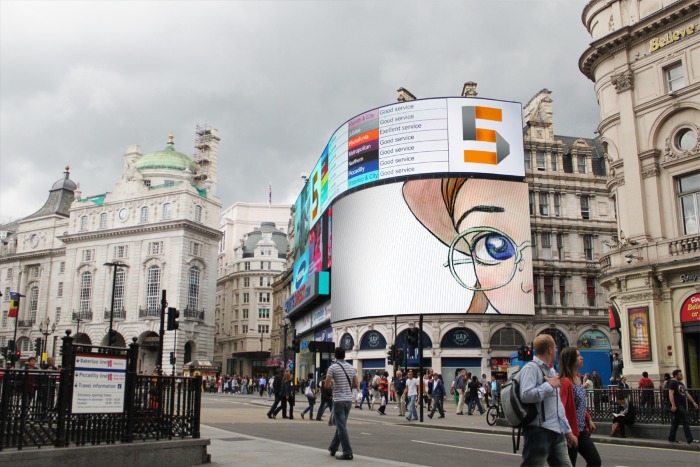
I dream of Shirley Link over Piccadilly Square!
My mother was in my head, as usual.
She’s old-school and doesn’t take to this whole new digitalized twitty world and virtual socialized friendship thingy. She also doesn’t know what to make of independent authors partnering with Amazon. She just knows she doesn’t like it. She advised against relying on Amazon for my new book, Shirley Link & The Safe Case. She’s an accomplished author so I tend to favor her opinions. But after years in the online games business, and jumping spastically around the brushfire of free/.99 cent apps, I know where this ebook inferno is going.
Still, she’s my mom! So against every old bone in my body I opted into Amazon’s KDP program when I self-published Shirley. What’s KDP? It’s a lot of things to a lot of people. In a nutshell, KDP asks for exclusive distribution of your book for 90 days, which seems a little excessive to me. 30 days would be cool – but 90? In return, you can opt into the Kindle lending library, which lets you collect funds from a bucket of cash for the author community every month. I have yet to see if that will yield much dough, but will update one way or another when I find out.
The other benefit of the KDP program is the ability to give away your book for any 5 days of your choosing (within that 90 day exclusive window). Big deal, right?
Yeah, it is, actually. It’s the biggest deal Amazon offers authors.
On Shirley’s free day I saw 3000 downloads and would have seen at least double that if I’d kept it going for two days. Yes, they were free but somehow I still made .02 per copy. I’m not sure why that is, but when I find out, again, I’ll update here.
The sales the day after were disappointing, with only 17 sold. Some writers report a conversion rate of 10% within two days. I’ve seen examples of a book giving away 8000 copies over two days and then selling 800 copies within two days of the sale. Shirley converted at .04%
As I get more experience with self-publishing I’ll determine the reason for the dismal sales rate post-promo.
On the upside, wow. One day, 3000 downloads.
(more…)










